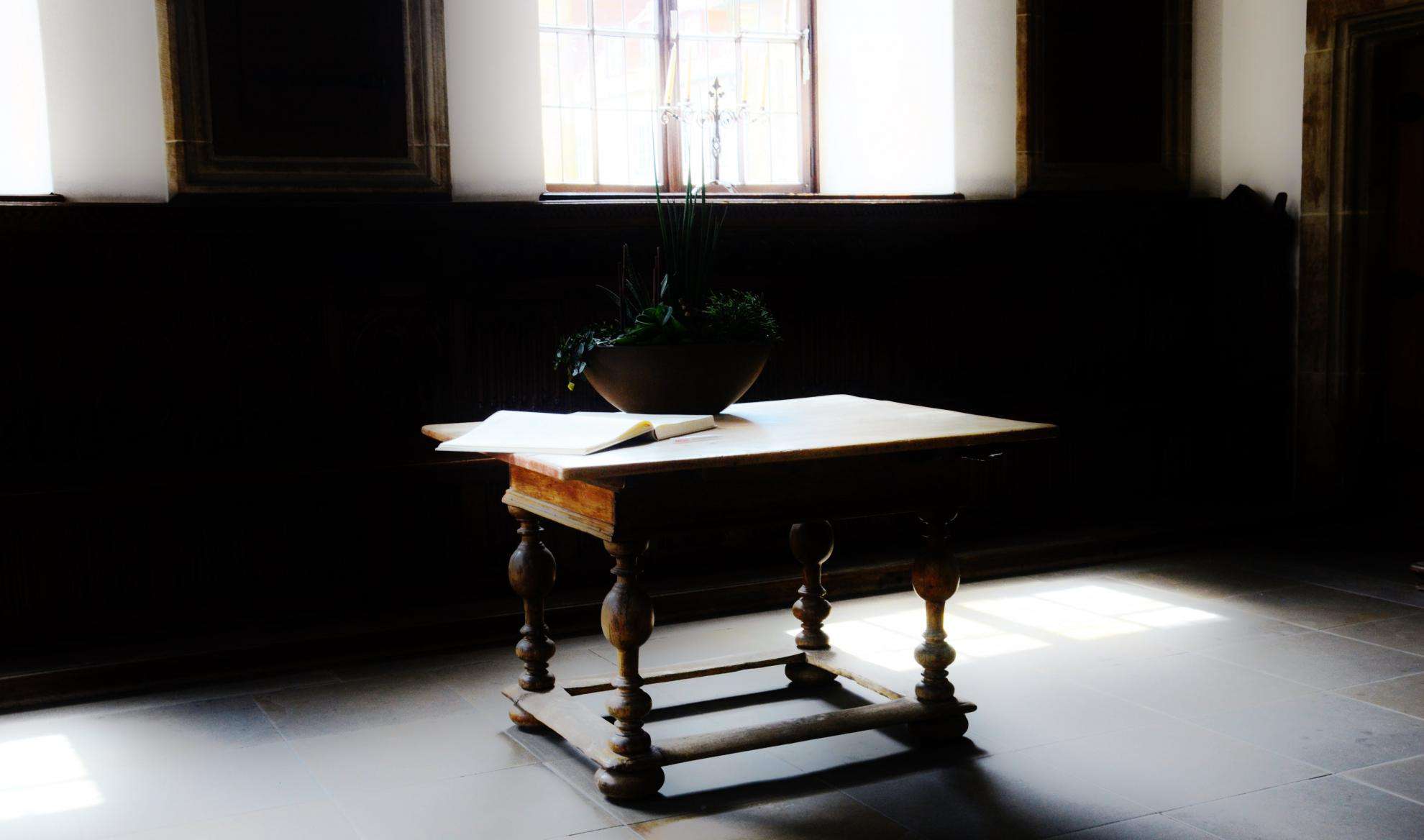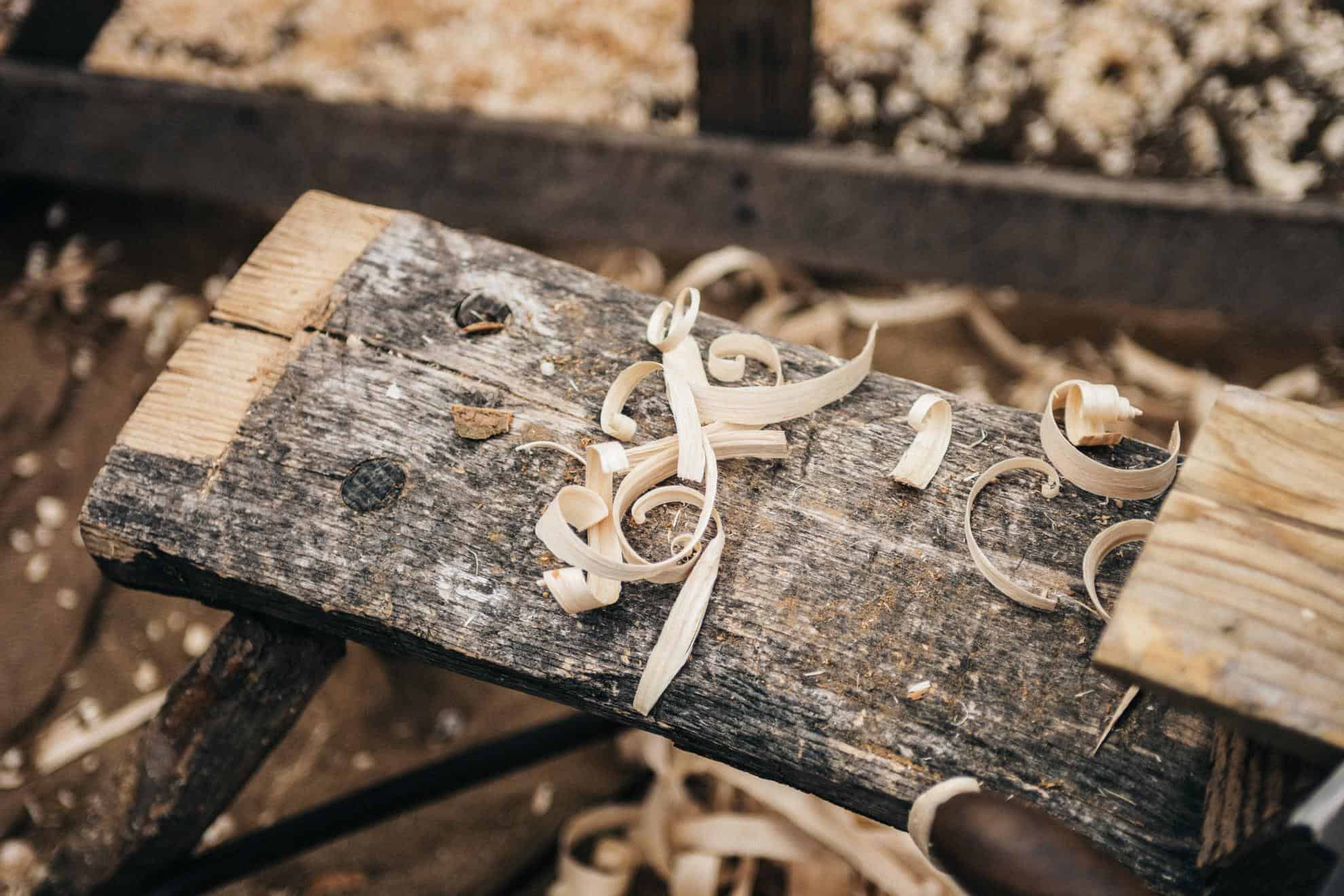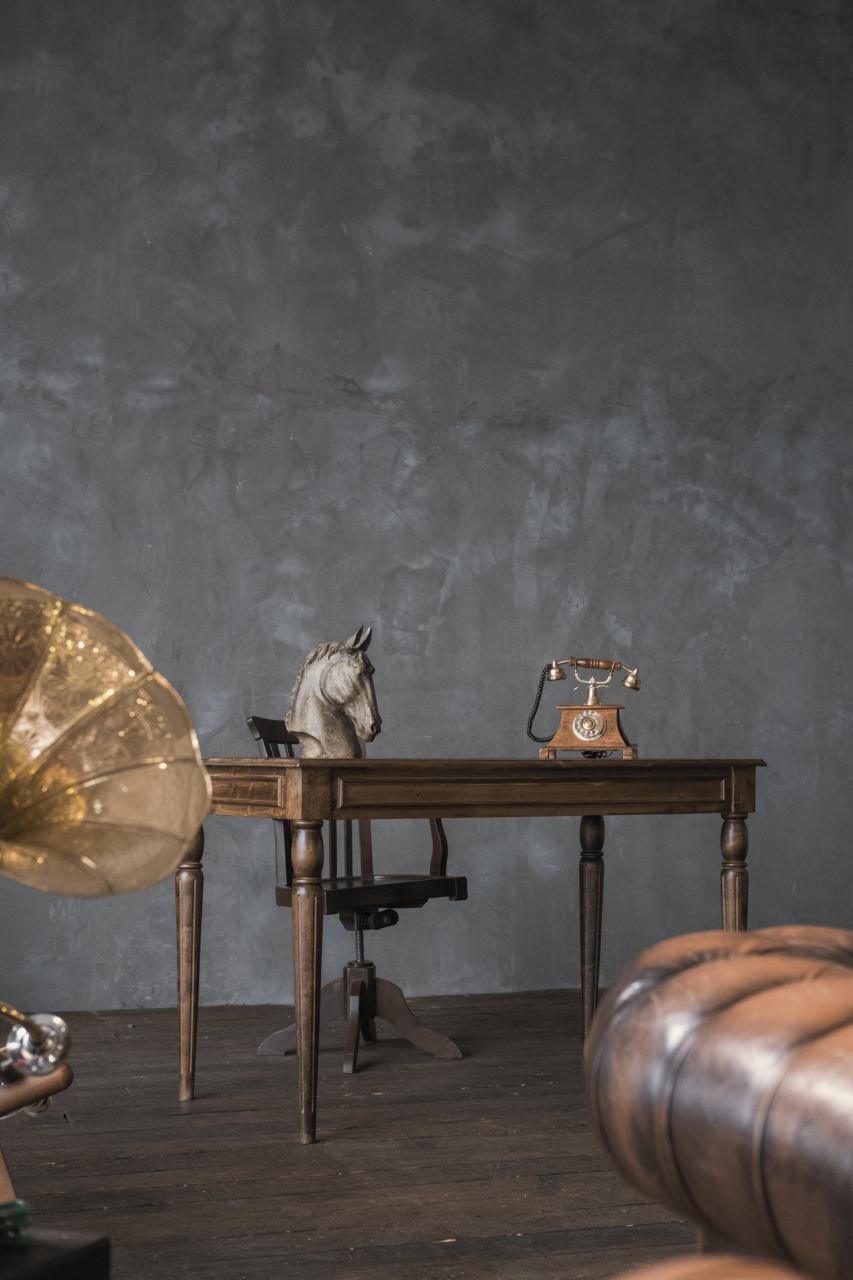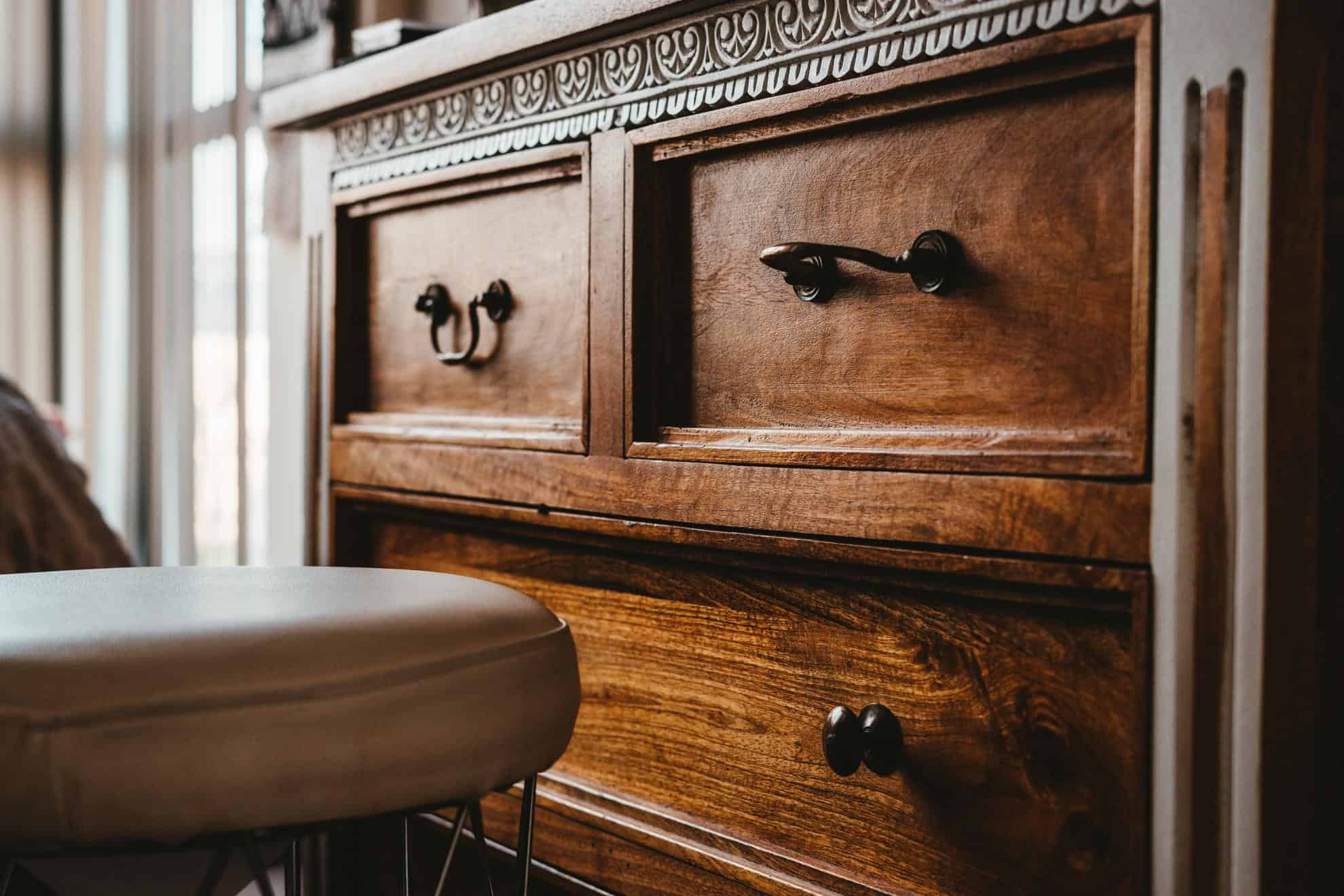Exquisitely done woodwork from antique pieces left you spellbound at your friend’s place! You were surprised when she shared that it was a touch-up work on old, pass-me-downs. You wondered if you could revive some of the old furniture that you may have found thrift shopping or was long collecting dust in your junkyard.
Ideally, any piece older than two decades would be termed ‘vintage.’ It is nostalgic to recreate an old-world charm with antique furniture and make it more sustainable with modern-day functionality.

The job of bringing age-old furniture back to life is not as challenging as most would think. In this feature, we tell you how to care for your vintage wood furniture and lengthen its life so that you can make the most of it in the present day.
1. Dusting
Unused vintage furniture often has years of dust and dirt build-ups on them. To preserve such furniture to its possible condition, you must dust them regularly with a soft brush. You can use mild liquid cleansing detergent in distilled water to gently wipe away dirt. But avoid spraying water directly on unfinished wood.
2. Disinfecting
The next step is to disinfect the surface, but you don’t need to invest in toxic, commercial products for this. Use vinegar and dish soap in warm water to scrub off layers of dirt and disinfect the surface. Make sure that you only dampen the surface without saturating the wood. Soaking the wood in water will damage its finishing.
2. Shaving
If your wood furniture has swollen over the years because of extremes in temperature, empty the trapped moisture using a heat gun. Then shave off the unwanted edges using a hammer and chisel, and smoothen them.

3. Waxing
Use wood wax to provide a harder finish, prevent surface scratches, and increase the durability of your old furniture. Waxing also protects the wooden surface from damage against moisture and retains the wood’s original color.
4. Oiling
You will be surprised to know that wood can easily last for centuries under proper care. Lemon oil, or linseed oil mixed with turpentine, will give a smooth finish to and revive old, dying furniture. Sprinkle drops of the oil on the wood surface, and run a soft cloth in a zigzag motion to remove the surface debris. Regular wood oiling retains its polished look.

5. Patch-work
It is a given that vintage furniture will never be as smooth as new. It will have its flaws and imperfections. You can fill in the gaps and crevices with wood fillers and rectify the deep scratches with coarse and fine sandpaper.

6. Painting
Using good quality wood furniture paint is, perhaps, the best way to mask the defects on old furniture. Choose a color that complements your woodwork, and apply double coat paint evenly for a complete facelift.
7. Avoid Sun Exposure
Finally, never forget to place your vintage furniture in a cool, shady place, away from direct sunlight, for better upkeep and longevity.
With little care and patience, you can keep your beautiful vintage wood furniture pieces from Papaya Homewares looking their gorgeous best for years.
